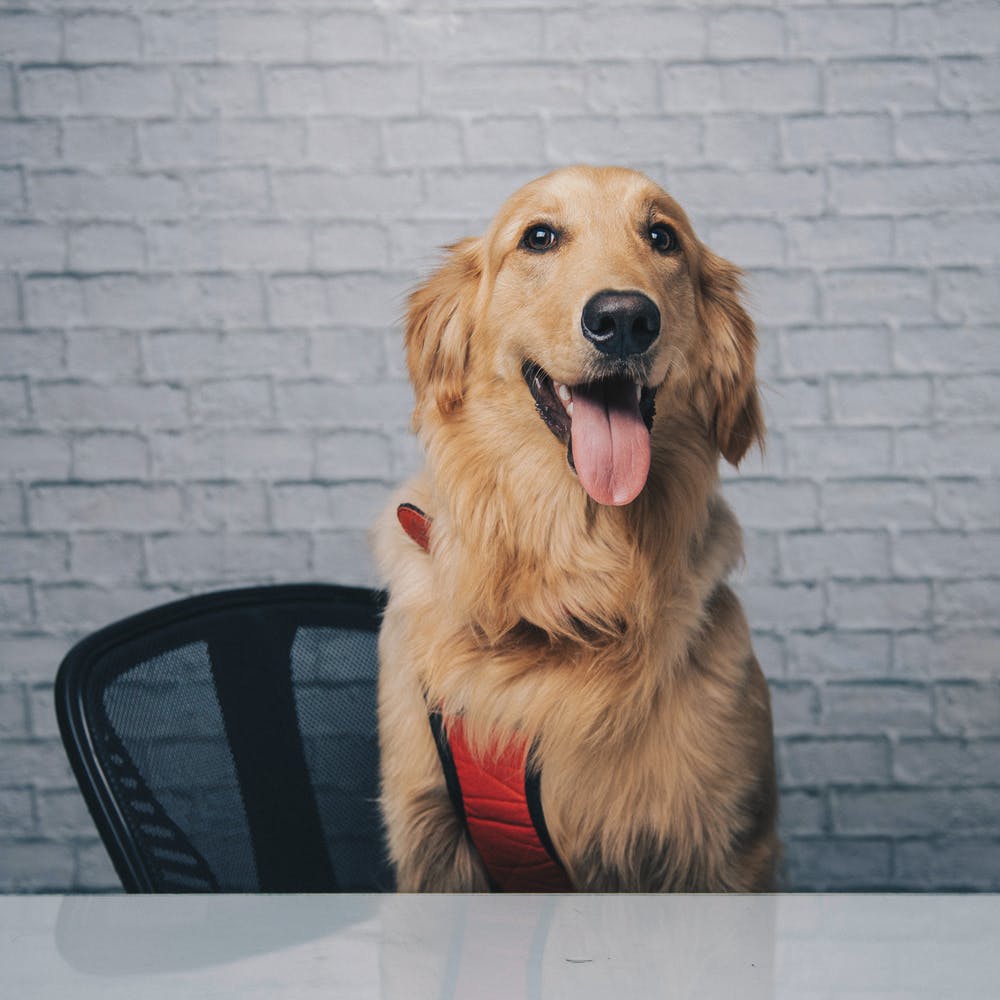As a responsible pet owner, providing the best care for your furry friend is always a priority. When your pet goes through surgery, the post-surgical recovery process becomes critical for their health and well-being. With so many aspects to consider, this ultimate guide will help you navigate the journey of your pet’s post-surgical recovery. We’ll cover various topics, including how to care for your pet before and after surgery, monitoring their recovery, and managing potential complications. Let’s dive in.
Preparing Your Home and Living Space for Your Pet’s Recovery
Creating a comfortable and soothing environment is the first step in ensuring a smooth recovery for your pet. This includes setting up a cozy, clean bed in a quiet, draft-free room and maintaining a comfortable room temperature (68-75°F or 20-24°C). A calm, healing space will help your pet recover faster and feel more secure during this challenging time.
Post-operative Feeding
After surgery, your pet’s appetite may not be the same as before, and that’s perfectly normal. Start by offering your pet half their regular meal a few hours after returning home. If your pet is still hungry, you can give them the rest of their meal an hour later. To avoid the risk of nausea and vomiting, try dividing the meal into smaller portions. And, of course, provide unrestricted access to water unless otherwise instructed.
Managing Your Pet’s Activity Levels
Keeping your pet’s post-op activity levels in check is crucial to avoid exacerbating their wound or causing complications. Restrict your pet’s activity for at least one week after surgery, avoiding running, jumping, and other physically demanding activities. Short leash walks to facilitate urination, and defecation should be allowed. As your pet continues to heal, gradually reintroduce its normal activities, always keeping a watchful eye on its progress and behavior.
Monitoring Your Pet’s Surgical Site
Properly monitoring your pet’s surgical site is essential to their recovery process. A healthy incision should generally be clean with the edges together, surrounded by normal or slightly reddish-pink skin. Additionally, it’s common for bruising to appear around the surgical site a few days after the operation. If you observe continuous or excessive blood draining or detect an unpleasant odor or discharge, contact your veterinarian immediately, as these might be signs of complications.
Orthopedic surgery can be especially hard on your pet, and finding an orthopedic vet in my area may seem challenging. A trusted orthopedic veterinarian can help ensure your pet’s bones and joints are properly cared for during surgery and post-operative recovery.
Elizabethan Collars (E-collars) and Recovery Suits
Preventing your pet from licking or chewing its surgical site is vital to its healing process. An Elizabethan collar (a cone or E-collar) or a recovery suit can provide protection. Make sure the collar or suit fits appropriately, and monitor your pet’s behavior while wearing it. If your pet seems uncomfortable or excessively tries to remove it, seek veterinary advice on managing the situation.
Caring for Your Pet’s Sutures or Stitches
There are various types of sutures and stitches used by veterinarians, some of which dissolve and don’t require removal. If your pet’s sutures need removal, this typically occurs within seven to fourteen days after the operation. Keep an eye on your pet; if they manage to remove or damage their stitches, contact your vet as soon as possible. Choosing a veterinary clinic for your pet’s surgery and recovery is essential.
Managing Your Pet’s Post-operative Pain
Keeping your pet comfortable after surgery is vital. Discuss pain management options with your veterinarian, who may recommend medications or natural remedies. Monitor your pet for signs of discomfort or pain, and don’t hesitate to consult with your vet if you have concerns. Choosing a veterinary clinic for your pet’s surgery and recovery is essential. In Lafayette veterinary clinics offer trusted and experienced care for your furry friend.
Post-surgical Cough and Anesthesia Effects
After surgery, your pet may experience temporary mild coughing due to irritation from the anesthesia. Keep an eye on your pet’s behavior and drowsiness levels during recovery. If coughing persists or worsens, contact your veterinarian for advice.
Timeline for Your Pet’s Recovery
Each pet’s recovery journey will be unique, influenced by age, overall health, and type of surgery. Expect to restrict your pet’s activities for at least one to two weeks, with follow-up visits to your veterinarian throughout the recovery process. This timeline may vary, so adjust your expectations and consult your vet about any concerns.
At lafayettepetvet.com, you can seek boarding options for your pet if you cannot provide the necessary care during their recovery period. Boarding can offer professional pet care in a controlled environment with trained staff monitoring their progress and well-being.
Conclusion
Post-surgical recovery is crucial to your pet’s overall health and well-being. As a devoted pet owner, following this comprehensive guide will equip you with the knowledge and resources needed to support your pet every step of the way.

